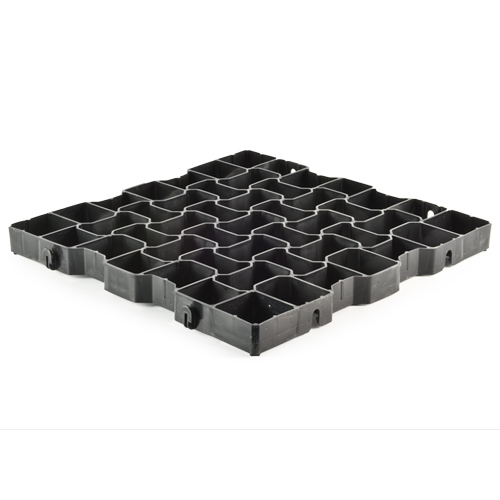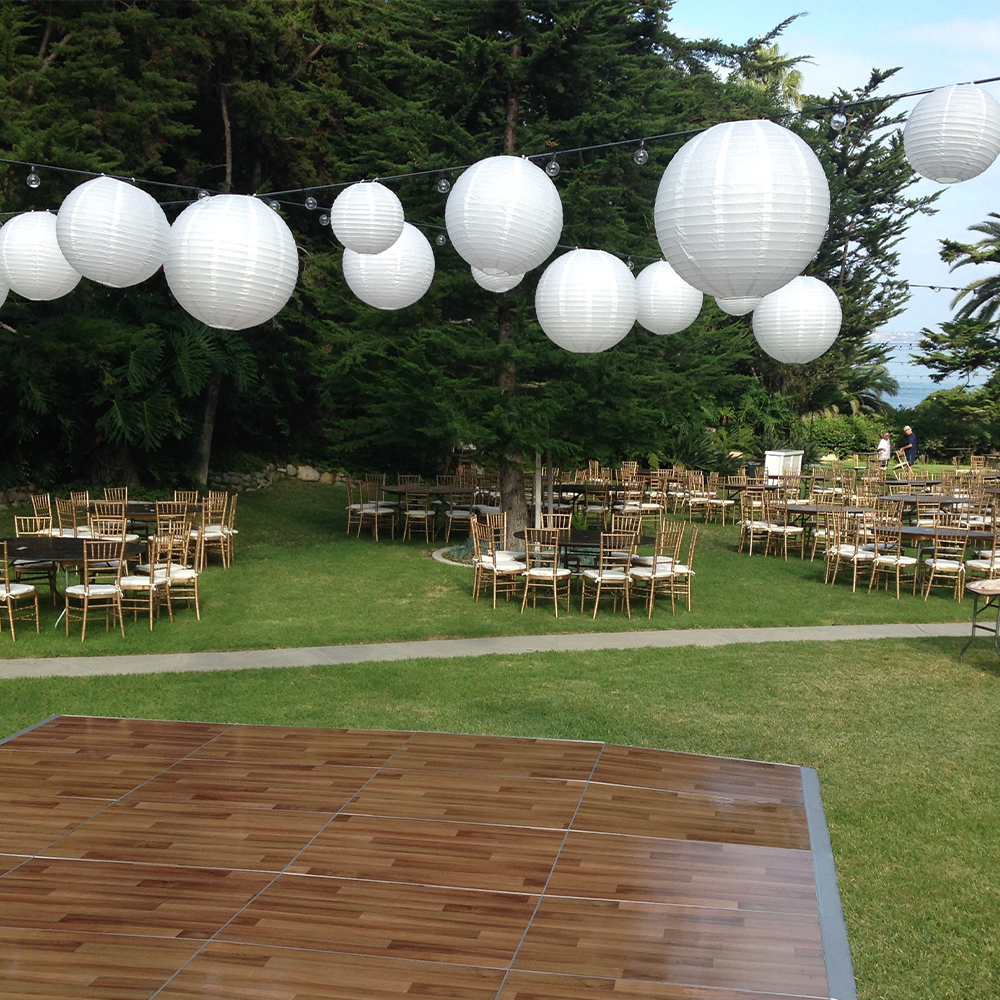Article Library
Showing 1-12 of 33

Greatmats Glossary Guide to Specialty Flooring Terminology

Why use outrigger pads?

Cost Factors When You Build a Pool Deck: Pool Deck Floor Pricing

How Thick Are Ground Protection Mats?

Where Would You Use Portable Access Mats?

How Much Do Outrigger Pads Cost?

How Does An Erosion Control Grid Work?

What Is a Soil Stabilization Grid?

How To Make A DIY Dance Floor on Grass

How to Protect Lawns from Heavy Equipment with Ground Protection Mats

How to Make a Temporary Walkway or Sidewalk Over Mud or Grass

How Do You Install Sticky Floor Mats?
Video Library
Showing 1-9 of 9

MambaMat Ground Protection Mats - Supports 95-ton Loads

MambaMAT™ Ground Protection Mats from Greatmats

Tips on Creating a High Quality Video for Greatmats Reviews

Blue Gator Ground Protection Mats HDPE - Protect Turf and Landscaping

Lightweight and Durable Blue Gator Construction Mud Mats construction

How to Protect Lawns from Heavy Equipment with Ground Protection Mats

HDPE Scout Ground Protection Mats - Supports up to 175,000 lbs constructionmats heavyduty

Tan Ground Protection Mats Scout 48x96 In. from Greatmats

Temporary Sidewalks - Easy DIY Solutions diy outdoor sidewalks
Construction mats can involve using quite a few different types of materials. Regardless of the size and composition of the mats, however, they all must provide access for vehicles, equipment, and workers into areas that need protection from ruts or scuffs.
Greatmats carries multiple construction mats that create temporary walkways and roadways for either indoor or outdoor use. The use of these mats is not only for construction companies. Schools, park services, golf courses, tree trimmers, and other entities that need to protect soft ground can use them successfully.
The largest construction mats made to protect areas with mud or grass from becoming torn up under the weight of large vehicles will measure 4 by 8 feet. They work to create a temporary roadway at the construction site for a new home or for an existing building, protecting the surrounding landscape.
When performing work in a swamp or in wetlands, these mats give vehicles a firm surface over which to drive or on which to park and work. Big vehicles could sink when going into a marsh or bog, but these mats distribute the weight of the vehicle to prevent it from sinking into the ground.
Small mats may measure only 1 by 1 foot. Many customers use these smaller tiles as solutions for creating a temporary walkway at a construction site or a sitting area for an outdoor wedding where you don’t want tables or chairs sinking into the ground.
A few types of mats made to create walkways or roadways on a temporary basis will consist of fiberglass. Either type of material is far better for use as a construction mat than plywood, which will splinter and become waterlogged quickly.
Some mats made to protect construction areas indoors will consist of PVC plastic or of a sticky film that collects dust from the shoes of construction workers before they track it into a new construction area.
Other mats will have a flat surface, which makes them easier to clean after using them. The flat surface works better in dry conditions. Some mats give you the diamond texture on one side and a flat surface on the other side, so you can flip the mat and match the desired texture to the conditions.
Companies that must park a vehicle to use a cherry picker or a scissor lift for tree trimming or for painting a multi-story home may park the vehicle on the top of these mats so the vehicle doesn’t sink into the ground over time.
At a school, where a football field may be inside a track-and-field oval, laying these protective mats over the track surface allows players wearing cleats to reach the field in the middle without damaging the track.
For indoor construction, where workers do not want to track sawdust or drywall dust into clean areas of the building, using tacky mats helps to catch this dust off the soles of shoes.
Some of the small mats will make use of an interlocking edge that holds them together, creating a sturdy floor for an outdoor wedding reception or graduation party. Do not use glue to hold these mats together, so you can disassemble them afterward.
For the sticky mat made for use indoors, just peel the top layer of the film when it becomes soiled and reveal a fresh layer of film.
Greatmats carries multiple construction mats that create temporary walkways and roadways for either indoor or outdoor use. The use of these mats is not only for construction companies. Schools, park services, golf courses, tree trimmers, and other entities that need to protect soft ground can use them successfully.
Size and Shape Options
Many of these protective mats will be large enough to support the weight of tires or treads on construction equipment. Other small models provide a sticky mat to catch dust and soils from the soles of the shoes of people walking across them.The largest construction mats made to protect areas with mud or grass from becoming torn up under the weight of large vehicles will measure 4 by 8 feet. They work to create a temporary roadway at the construction site for a new home or for an existing building, protecting the surrounding landscape.
When performing work in a swamp or in wetlands, these mats give vehicles a firm surface over which to drive or on which to park and work. Big vehicles could sink when going into a marsh or bog, but these mats distribute the weight of the vehicle to prevent it from sinking into the ground.
Small mats may measure only 1 by 1 foot. Many customers use these smaller tiles as solutions for creating a temporary walkway at a construction site or a sitting area for an outdoor wedding where you don’t want tables or chairs sinking into the ground.
Material Options
Polyethylene plastic is the most common type of material used to create construction mats, especially those made for supporting the weight of vehicles. This type of plastic is extremely firm, meaning it will not buckle or fold on itself when supporting significant weight.A few types of mats made to create walkways or roadways on a temporary basis will consist of fiberglass. Either type of material is far better for use as a construction mat than plywood, which will splinter and become waterlogged quickly.
Some mats made to protect construction areas indoors will consist of PVC plastic or of a sticky film that collects dust from the shoes of construction workers before they track it into a new construction area.
Pattern and Texture Options
When selecting construction mats for creating temporary roadways, the surface texture is available in a few different options. Some mats will have a raised diamond or chevron pattern on the surface, giving vehicles and people walking some traction. This is important when the surface is covered in slippery mud.Other mats will have a flat surface, which makes them easier to clean after using them. The flat surface works better in dry conditions. Some mats give you the diamond texture on one side and a flat surface on the other side, so you can flip the mat and match the desired texture to the conditions.
Common Use Options
As their name would suggest, our construction mats frequently appear at construction sites. Workers use them to make a temporary roadway over the top of mud or grass, protecting the ground underneath them.Companies that must park a vehicle to use a cherry picker or a scissor lift for tree trimming or for painting a multi-story home may park the vehicle on the top of these mats so the vehicle doesn’t sink into the ground over time.
At a school, where a football field may be inside a track-and-field oval, laying these protective mats over the track surface allows players wearing cleats to reach the field in the middle without damaging the track.
For indoor construction, where workers do not want to track sawdust or drywall dust into clean areas of the building, using tacky mats helps to catch this dust off the soles of shoes.
Installation Options
Most of these temp roadway mats are heavy enough that they will sit in place without the need for connective devices. However, as another option with the large mats, you can insert connector clips or pins that will keep the mats connected when placed under stress.Some of the small mats will make use of an interlocking edge that holds them together, creating a sturdy floor for an outdoor wedding reception or graduation party. Do not use glue to hold these mats together, so you can disassemble them afterward.
Cleaning and Maintenance Requirements
Because these tiles and mats have a design made for outdoor use, cleaning them is an easy process. The firm polyethylene plastic or fiberglass mats are sweepable in dry conditions to remove dust and grass. In wet conditions, where the mats have mud, use a power washer or a garden hose with a sprayer to clean the surface.For the sticky mat made for use indoors, just peel the top layer of the film when it becomes soiled and reveal a fresh layer of film.


